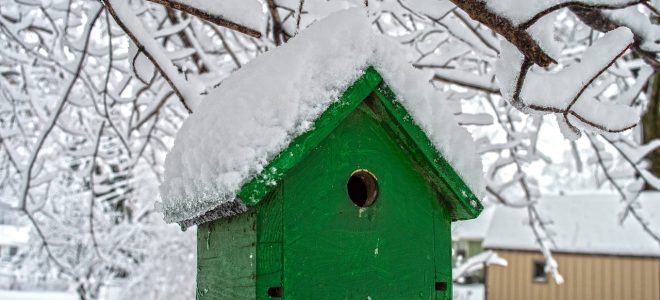
6 Tips for Taking Care of Your Lawn During Winter
After a long, hot summer of mowing, most of us are ready to put the lawn on the back burner when winter arrives. However, the best lawns in summer are those that also got some care during the winter, so even as the couch calls your name at those early winter sunsets, you should be thinking about these basic lawn care tips to prepare your grass for a great growing season.
Proper Fertilization
Most winter lawn care is an investment you make during the cold weather to make things go better during the warm weather. Adjustments to the soil are a perfect example.
Fertilizer is the first one people think of. Fall fertilization supports healthier roots that will help the grass withstand the hot, dry conditions it will endure the next summer. If you wait until spring to apply it, you’ll encourage top growth without any corresponding improvement in the roots. That leaves you with a bigger, thirstier blade and less root mass to support it.
Adjusting the Soil pH
Regular use of fertilizer will slowly decrease the pH of soil, making it more acidic and less hospitable for your grass. In addition, a low pH will decrease the effectiveness of the fertilizer you apply.
Each fall, you should have a soil test done to determine the soil’s pH level. This service is available through your local county extension office. When the results come back, you simply apply lime to adjust the pH to the proper level.
Mowing
Yes, sometimes you will have to mow during the winter. It’s not a matter of dodging snowflakes to get it trimmed up, but your fall fertilization is likely to result in some additional growth that needs to be cut back.
Leaving your grass at the appropriate height through winter will reduce cold damage on small blade tips, helping your grass avoid damage from insects, weather, and disease.
Equipment Care
While we’re thinking about the mower, winter is a great time to work on it. This isn’t just advice for you as a mechanic, though. The care you give your mower during the winter will pay real dividends when you fire it up for the first time next spring.
The two key things to check in the winter are the motor and the blades. Drain or use all gasoline, or fill the tank completely and add a fuel stabilizer. Change the oil, replace the spark plug, and then do the most important job for your grass: Sharpen the blade. Dull blades break grass instead of cutting it, leaving an uglier and more sickly stand of grass.
Clean Up Debris
All through the fall, you’ve watched as thousands of leaves scattered themselves on your lawn. Once the mowing stopped, the leaves may have built up a thicker layer. This can become matted down by rain and snow, creating a destructive blanket on your grass.
Once the trees are fully bare, make one final pass of raking. Get as many leaves as possible off your grass so that sunlight can reach the grass when the weather breaks next spring. Leaf buildup can even be severe enough to kill grass, so clear it away.
Manage Ice Wisely
When the mowing stops, the snowing starts. Our sidewalks and driveways can become treacherous as the mercury plunges so we all start throwing down salt and shoveling away snow.
Unfortunately, these two steps can be hard on your grass. Shovels often gouge the sod, leaving bare spots that are eventually filled by weeds. Salty runoff also poisons the grass a little at a time, weakening and killing it. Shovel carefully, and use salt judiciously–or just wait and let the sun do the thawing.
A healthy lawn takes work all year long, not just during warm weather. With these simple tips, you can do your lawn some good during a time when it’s probably the last thing on your mind.
